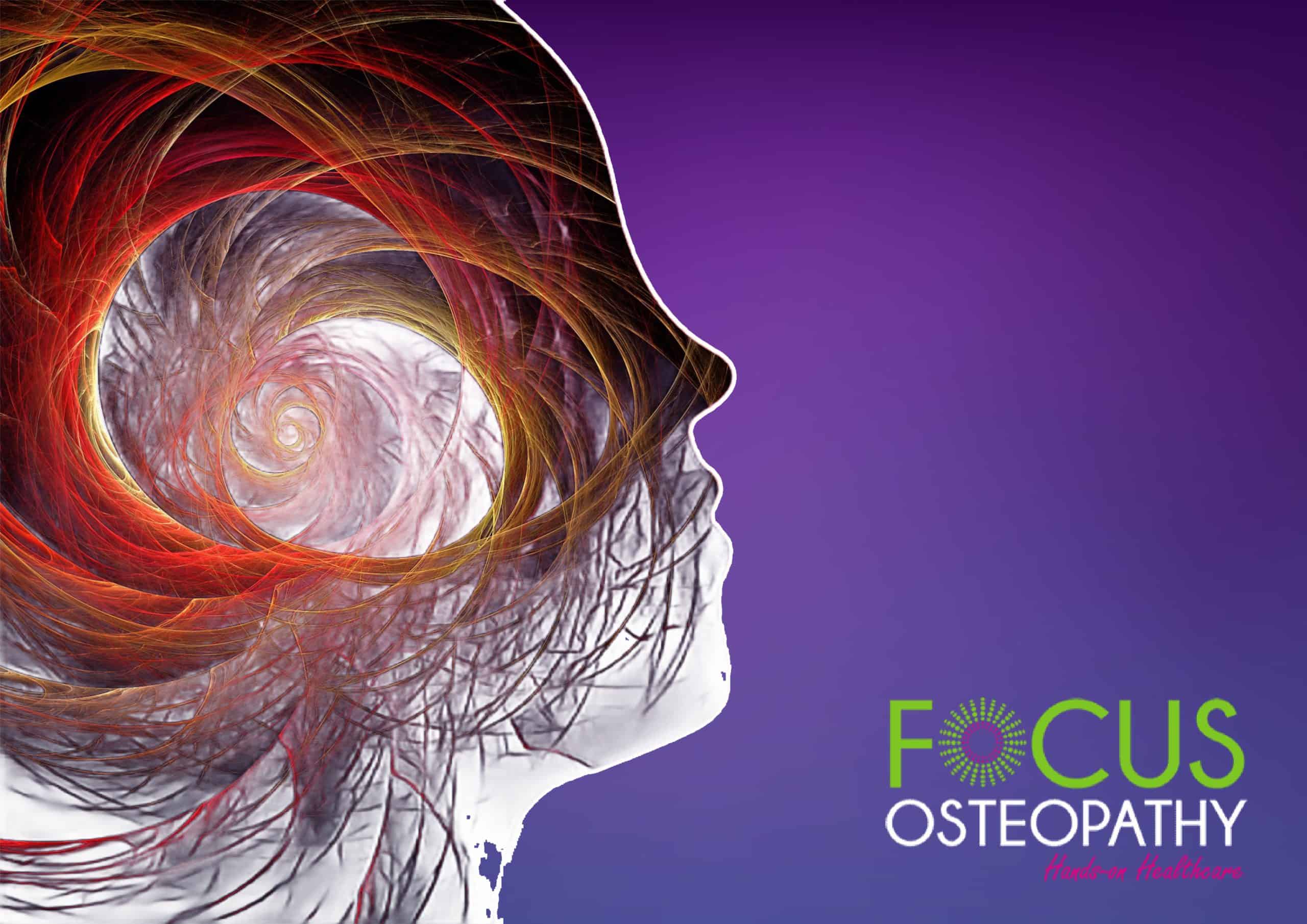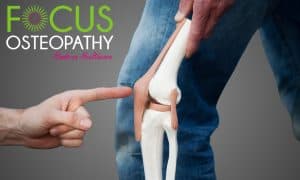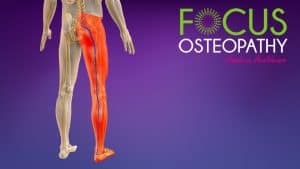
Pregnant? Suffering from migraines?
This combination can be particularly challenging to manage, due in part to the limitations on medication use.
The origin of your migraine is often put down to a change in hormones as your unborn baby develops, but that knowledge won’t suppress the spinning desire for a darkened room.
However – with careful planning and the right approach through osteopathic treatment – it is possible to alleviate migraine symptoms and enjoy a more comfortable pregnancy. Help is at hand; you don’t need to suffer in silence.
Understanding the unique aspects of managing migraines during this time, and incorporating a holistic approach like osteopathy, can be highly beneficial. The best part? Osteopathy remains non-invasive, and there’s no danger to your baby.
Focus Osteopathy has helped pregnant women seek relief from migraines for over a decade, and we take great care to craft bespoke treatment plans for each individual.
From our vast experience, we can recommend five expert tips to help you get rid of migraines while pregnant and explain how osteopathy can be your key to successful pain relief.
More healthcare blogs from Focus Osteopathy

Knee Pain: The Good, The Bad, and the OUCH!

4 Reasons Swimming Is Good For Back Pain

8 Ways Neck Pain Can Disrupt Your Daily Life—and How Osteopathy Can Help

Understanding Back Pain: The Unwanted Companion

Does Massage Therapy Help Sciatica? 4 Things You Must Know

Neck Pain Exercises to Help You Sleep
1. Maintain a Healthy Lifestyle
A healthy lifestyle is fundamental in preventing and managing migraines. This includes regular exercise (depending on your state and stage of pregnancy), a balanced diet, proper hydration, and sufficient sleep. Of course, certainly in the later stages of pregnancy, that is often easier said than done.
Where possible, gentle exercise can help reduce stress and improve overall well-being, which remains important during pregnancy and for keeping certain causes of migraines at bay.
Gentle activities like walking, swimming, or prenatal yoga can be particularly effective. Eating regular, balanced meals helps maintain stable blood sugar levels, which can prevent migraine triggers. Additionally, staying hydrated by drinking plenty of water is essential, as dehydration is also a common migraine trigger.
Ensuring you get enough sleep is also vital since poor sleep quality or irregular sleep patterns can exacerbate migraines.
2. Identify and Avoid Your Migraine Triggers
Identifying and avoiding migraine triggers can significantly reduce the frequency and severity of migraines. Common triggers include certain foods, an overdose of stress, strong odors, bright lights, and loud noises.
Keep a migraine diary to track your symptoms and identify any patterns or triggers. This diary should include notes on your diet, activities, stress levels, sleep patterns, and any other factors that might be influencing your migraines.
Once you identify your triggers, you can take proactive steps to avoid them. For instance, if specific foods (like chocolate or aged cheese) trigger your migraines, you can eliminate them from your diet. Naturally, when the cravings strike this isn’t always possible, but try to restrain yourself from taking the plunge where you can!

3. Utilize Natural Remedies
Natural remedies can be effective in managing migraines without the need for medication. Some safe options during pregnancy include using cold or warm compresses on your head or neck, practicing relaxation techniques, and ensuring adequate magnesium intake.
Applying a cold compress to your forehead or the back of your neck can help reduce migraine pain. Relaxation techniques such as deep breathing exercises, meditation, and prenatal yoga can reduce stress and tension, which are common migraine triggers, but try not to depend on these as complete solutions.
4. Seek Support and Professional Guidance
It’s crucial to seek support from healthcare professionals who are knowledgeable about managing migraines during pregnancy. Your obstetrician, osteopath, midwife, or a neurologist can offer personalized advice and treatment options that are safe for both you and your baby.
They can help you develop a comprehensive migraine management plan that includes lifestyle changes, natural remedies, and possibly safe medications. Additionally, joining support groups or online communities for pregnant women with migraines can provide emotional support and practical tips from others experiencing similar challenges.
5. Integrate Osteopathy into Your Routine
Osteopathy can be a game-changer in managing migraines during pregnancy. This holistic approach involves hands-on techniques to improve the body’s overall function and alleviate pain.
Osteopaths use gentle manipulations to release tension, improve blood flow, and enhance the body’s natural healing abilities. This can be particularly beneficial for pregnant women, as osteopathic treatment is non-invasive and focuses on restoring balance within the body.

How Osteopathy is Key to Success
Osteopathy can be highly effective in reducing migraine frequency and severity during pregnancy for several reasons:
a. Addressing Musculoskeletal Issues
Pregnancy often leads to changes in posture and increased strain on the musculoskeletal system. These changes can contribute to tension headaches and migraines. Osteopaths are trained to identify and treat musculoskeletal imbalances, which can relieve the pressure and tension contributing to migraines. By realigning the body and ensuring that muscles and joints function optimally, osteopathy can reduce the likelihood of migraines occurring.
b. Improving Circulation
Osteopathic techniques can improve blood circulation, which is crucial for reducing migraine symptoms. Poor circulation can lead to reduced oxygen and nutrient delivery to the brain, potentially triggering migraines. Through gentle manipulations, osteopaths can enhance blood flow, ensuring that your brain receives adequate oxygen and nutrients, thereby reducing the risk of migraines.
c. Reducing Stress and Promoting Relaxation
Stress is a significant trigger for migraines, and pregnancy can be a stressful time. Osteopathic treatments often include techniques to relax the nervous system and reduce stress levels. By promoting relaxation and reducing tension, osteopathy can help prevent stress-induced migraines. This holistic approach not only addresses physical symptoms but also promotes overall well-being, which is essential during pregnancy.
d. Enhancing Overall Well-being
Osteopathy takes a holistic approach to health, focusing on the body as a whole rather than just treating symptoms. This comprehensive approach can improve your overall well-being, making you more resilient to migraines. By addressing various aspects of your health, including posture, stress levels, and circulation, osteopathy provides a multifaceted solution to migraine management.
e. Safe and Non-Invasive
One of the key advantages of osteopathy is that it is a safe and non-invasive treatment option, making it suitable for pregnant women. Osteopathic treatments do not involve medications or invasive procedures, reducing the risk of side effects and complications. This is particularly important during pregnancy, when the safety of both the mother and the baby is paramount.

Start Your Journey to a Migraine-Free Pregnancy
Are migraines casting a shadow over your pregnancy, turning what should be a beautiful experience into a challenging one?
At Focus Osteopathy, we understand the unique struggles you face and are here to offer compassionate, effective solutions.
Discover how our holistic approach can help you manage and alleviate migraines during pregnancy.
By incorporating expert tips and personalised care, we aim to make this special time as comfortable and joyful as possible.
Don’t let migraines define your pregnancy journey. Embrace the potential for relief, the promise of comfort, and the gift of well-being.
Start your journey towards a migraine-free pregnancy by getting in touch with us today. For more information or to book an appointment, contact us at 1300 003 007.
Your path to relief and rejuvenation begins with taking the first step.
More FREE Pregnancy Resources
Read Our Blog – How Osteopathy Can Help Your Postpartum Pain

